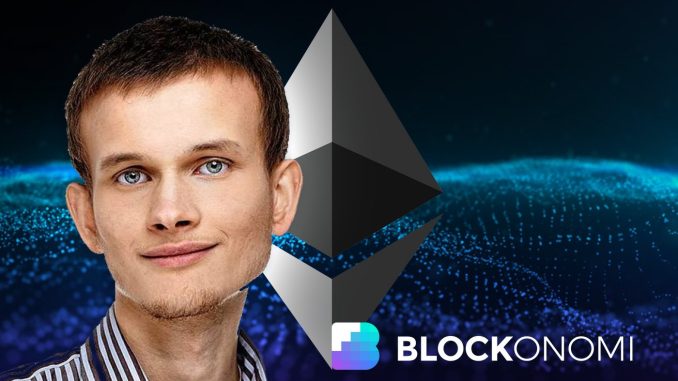
TLDR
Vitalik Buterin outlined plans for Ethereum’s next phase called “The Surge”
The goal is to increase transaction capacity to over 100,000 per second
Focus on layer-2 scaling solutions while maintaining decentralization
No specific timeline given, but calls for sustained progress
Aims to balance scalability, decentralization, and security
Ethereum co-founder Vitalik Buterin has unveiled plans for the next phase in the blockchain’s evolution, known as “The Surge.”
In a recent blog post, Buterin outlined key goals for increasing Ethereum’s transaction capacity while maintaining its core principles of decentralization and security.
The Surge aims to boost Ethereum’s ability to handle over 100,000 transactions per second. This significant increase in capacity will be achieved primarily through the use of layer-2 scaling solutions.
These solutions are designed to process transactions off the main Ethereum blockchain, reducing congestion and lowering fees.
Buterin emphasized the importance of balancing the “scalability trilemma” – the challenge of achieving scalability, decentralization, and security simultaneously. To address this, The Surge will focus on combining two main strategies: sharding and layer-2 protocols.
Sharding is a method that allows the network to split its workload among many nodes, with each node handling only a fraction of the total transactions.
This approach helps to increase the overall capacity of the network without placing an excessive burden on individual nodes.
Layer-2 protocols, particularly rollups, play a crucial role in The Surge roadmap. These solutions handle most of the transaction processing off the main Ethereum chain, bundling multiple transactions together before submitting them to the main network.
This approach significantly reduces the amount of data that needs to be processed on the main chain, leading to faster speeds and lower fees.
Buterin stressed the importance of maintaining Ethereum’s core principles throughout this scaling process. He stated that layer-2 networks should inherit Ethereum’s values of trustlessness, openness, and resistance to censorship. The goal is to create an ecosystem that feels unified, rather than a collection of separate blockchains.
Interoperability between different layer-2 solutions is another key focus of The Surge. Buterin envisions a system where users can easily move assets and interact across various layer-2 networks, creating a seamless experience within the Ethereum ecosystem.
Recent developments, such as the introduction of EIP-4844 data blobs, have already improved Ethereum’s data bandwidth. These enhancements prepare the network to handle higher transaction volumes more efficiently.
While Buterin did not provide a specific timeline for the full implementation of The Surge, he called for sustained progress in balancing scalability with Ethereum’s fundamental principles.
He emphasized the need to solve scaling challenges while preserving the robustness and decentralization that make Ethereum unique.
The Surge follows the successful completion of “The Merge” in 2022, which transitioned Ethereum from a proof-of-work to a proof-of-stake consensus mechanism.
This change significantly reduced the network’s energy consumption and introduced staking as a means of securing the blockchain.
Looking ahead, Ethereum’s next major upgrade, called Pectra, is scheduled for release in two phases. The first phase is expected to launch in early 2025.
Pectra aims to further enhance the blockchain’s scalability through transaction compression techniques and improvements to staking rewards.
Buterin’s roadmap for The Surge represents a significant step forward in Ethereum’s ongoing development. By focusing on layer-2 scaling solutions and maintaining the network’s core values, Ethereum aims to address the growing demand for faster, cheaper transactions while preserving its decentralized nature.





Be the first to comment